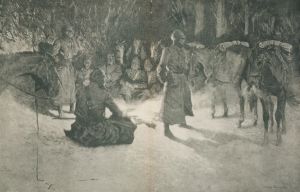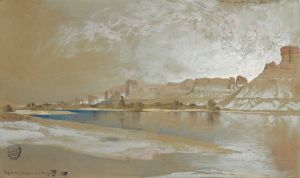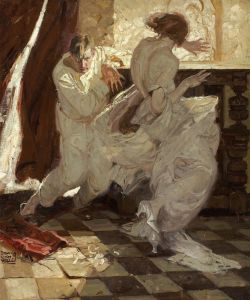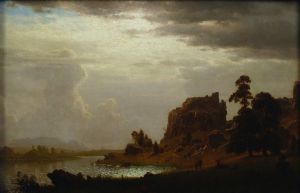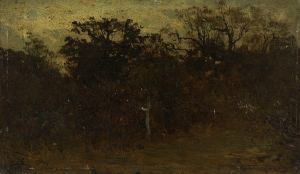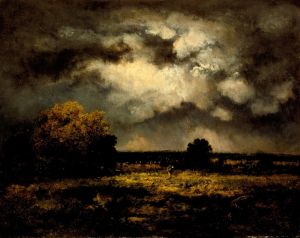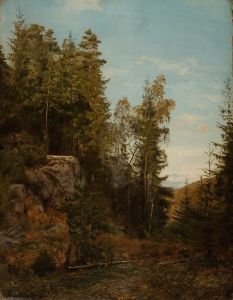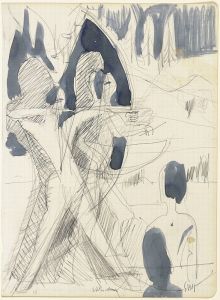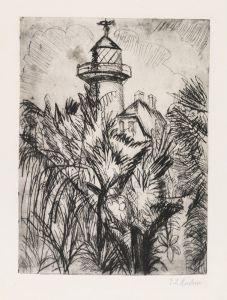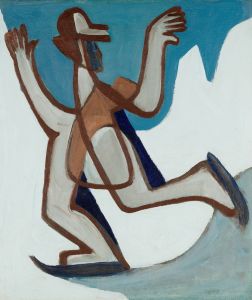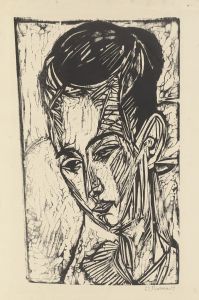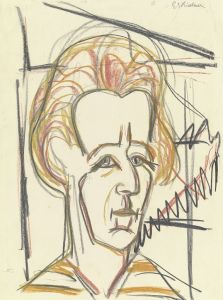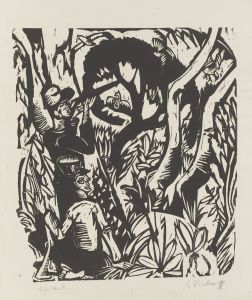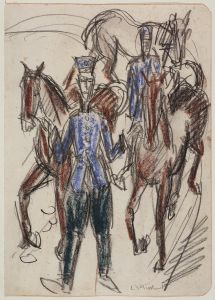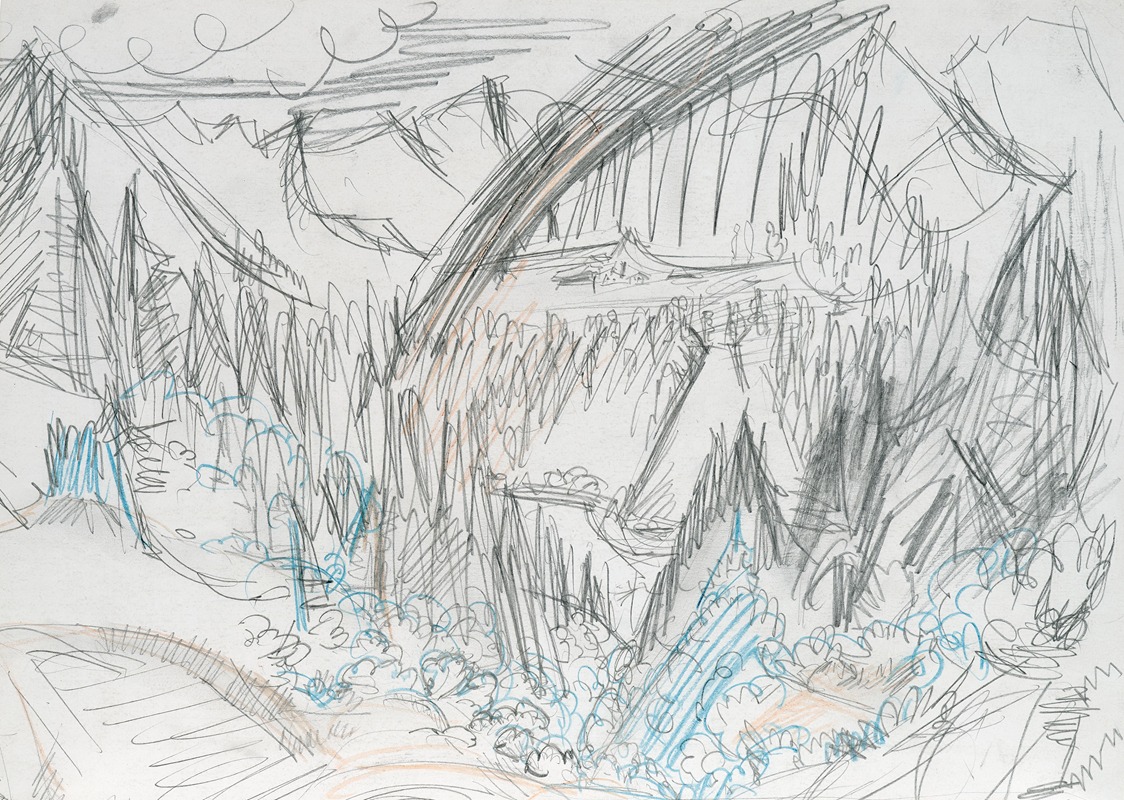
Forest landscape
A hand-painted replica of Ernst Ludwig Kirchner’s masterpiece Forest landscape, meticulously crafted by professional artists to capture the true essence of the original. Each piece is created with museum-quality canvas and rare mineral pigments, carefully painted by experienced artists with delicate brushstrokes and rich, layered colors to perfectly recreate the texture of the original artwork. Unlike machine-printed reproductions, this hand-painted version brings the painting to life, infused with the artist’s emotions and skill in every stroke. Whether for personal collection or home decoration, it instantly elevates the artistic atmosphere of any space.
Ernst Ludwig Kirchner, a prominent German expressionist painter, was a founding member of the influential art group Die Brücke (The Bridge), which played a crucial role in the development of modern art in the early 20th century. Kirchner's work is characterized by its bold use of color, dynamic compositions, and expressive forms. One of his notable works is "Forest Landscape," which exemplifies his unique style and thematic focus.
"Forest Landscape" is a vivid representation of Kirchner's fascination with nature and his ability to convey emotion through his art. Created during a period when Kirchner was deeply influenced by the landscapes around him, the painting reflects his interest in capturing the essence of the natural world. The work is marked by its vibrant colors and energetic brushstrokes, which are typical of Kirchner's expressionist approach. The painting does not aim to depict a realistic scene but rather to evoke the emotional experience of being in a forest.
Kirchner's use of color in "Forest Landscape" is particularly noteworthy. He employs a palette of intense greens, blues, and yellows, which are used to create a sense of movement and vitality within the composition. The colors are not applied in a naturalistic manner but are instead used to express the artist's emotional response to the landscape. This approach is characteristic of the expressionist movement, which sought to convey subjective emotions rather than objective reality.
The composition of "Forest Landscape" is dynamic and fluid, with forms that seem to merge and flow into one another. Kirchner's brushwork is loose and gestural, adding to the sense of movement within the painting. The trees and foliage are depicted with sweeping, curvilinear lines that create a rhythmic pattern across the canvas. This technique reflects Kirchner's interest in the interconnectedness of natural forms and his desire to capture the energy of the forest environment.
Kirchner's depiction of the forest in this painting can also be seen as a reflection of his personal experiences and psychological state. During the time he created "Forest Landscape," Kirchner was living in relative isolation in the Swiss Alps, having moved there to recover from the psychological trauma he experienced during World War I. The forest, with its sense of seclusion and tranquility, may have represented a place of refuge and healing for the artist.
"Forest Landscape" is an excellent example of Kirchner's ability to blend form and color to create a powerful emotional impact. The painting not only showcases his technical skill but also his deep connection to the natural world and his ability to translate that connection into a visual language. Kirchner's work, including "Forest Landscape," continues to be celebrated for its innovative approach and its contribution to the expressionist movement.
Today, Kirchner's paintings are held in high regard and are featured in major art collections and museums worldwide. His work, including "Forest Landscape," remains influential, inspiring subsequent generations of artists to explore the expressive potential of color and form. Through his art, Kirchner has left a lasting legacy that continues to resonate with audiences and art enthusiasts around the globe.





